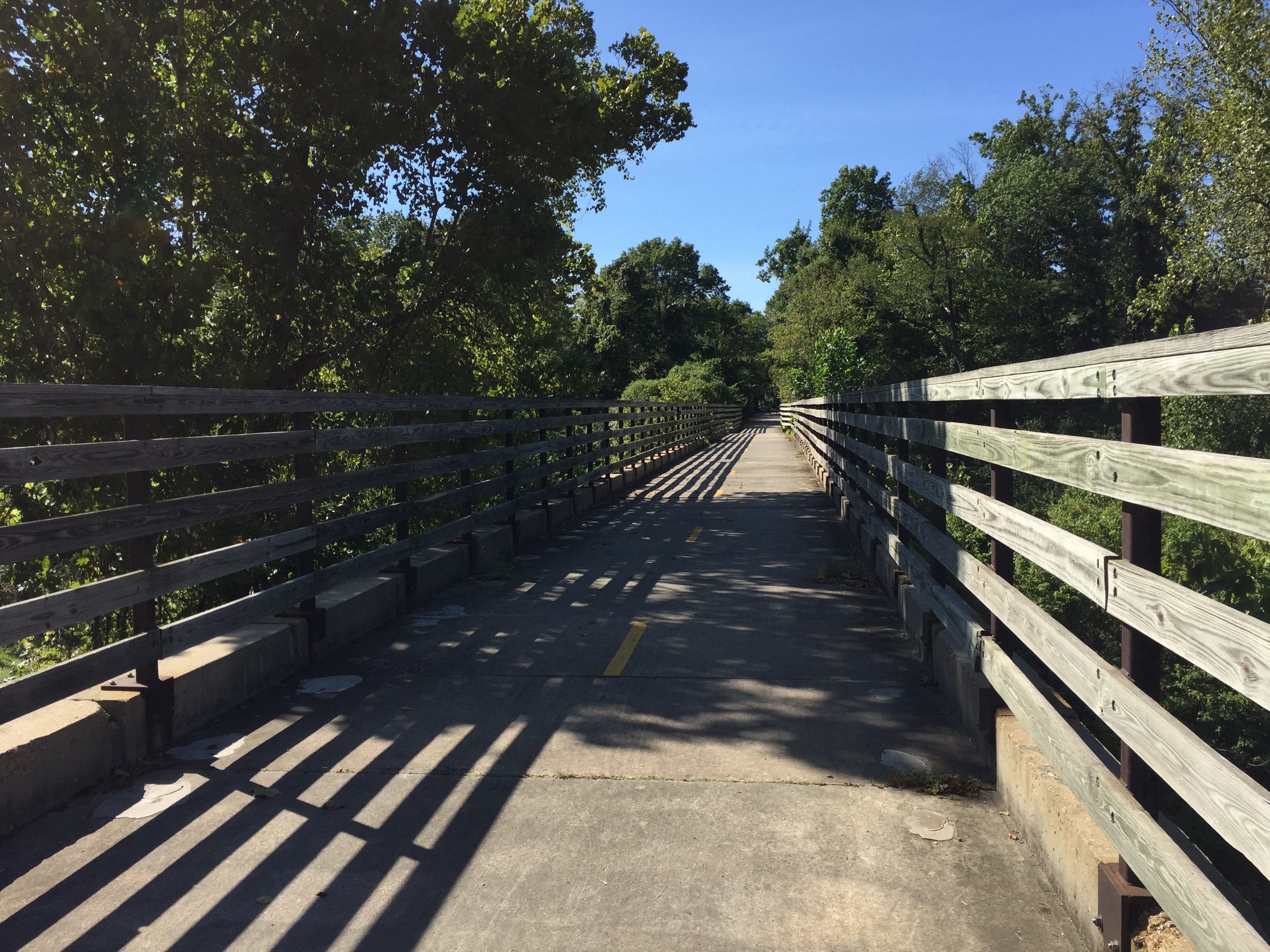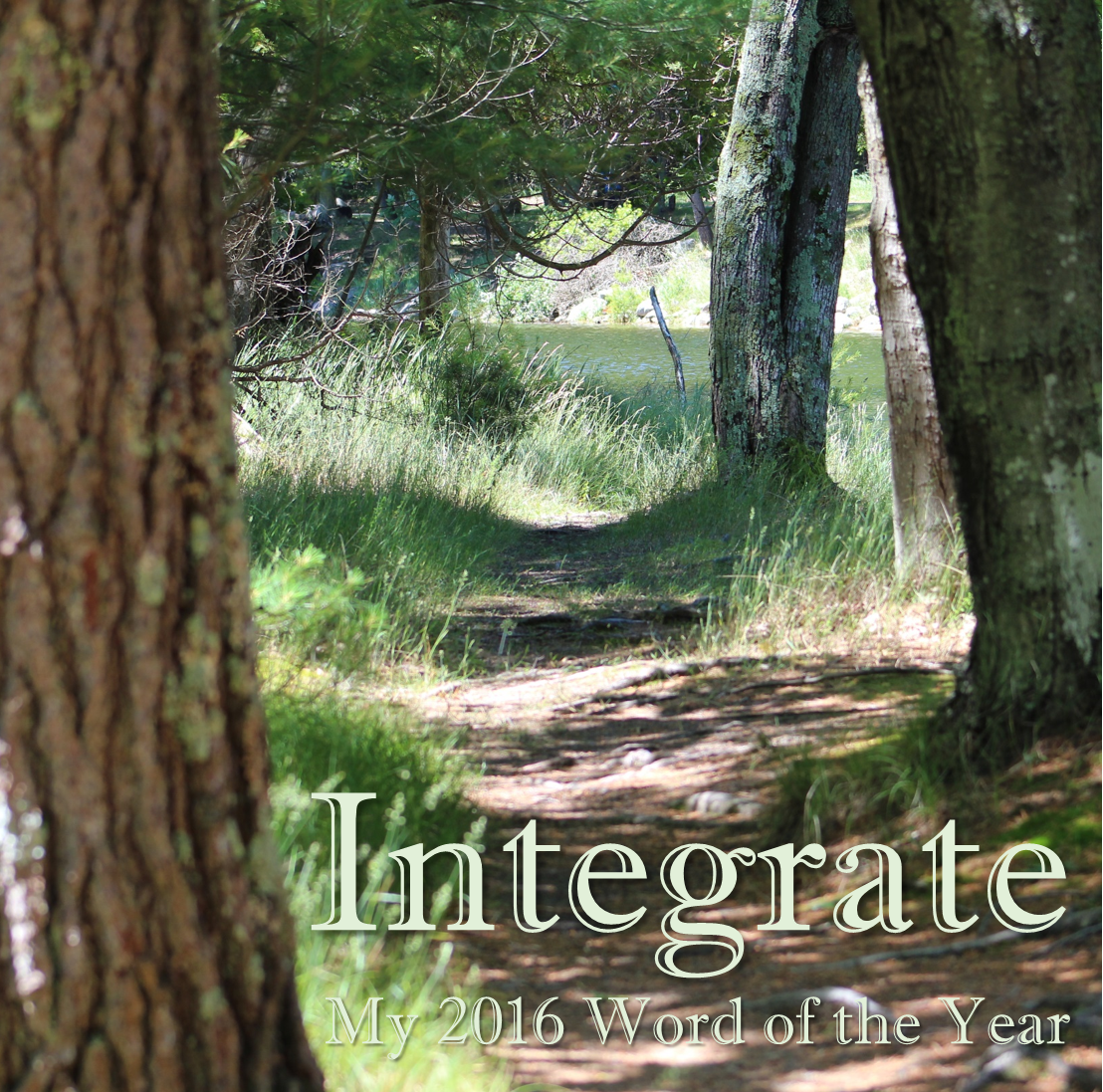After finishing my PhD last May, I slammed against the brutal realities of breaking into academic publishing. The constant rejections and revisions made it difficult to sustain momentum and motivation. I started to struggle with procrastination. One of the core tenets of my self-talk has long been “I am not a procrastinator”. Suddenly, this was no longer true, and it weighed me down.
I knew it was essential to dig myself out of this place, so I dove into life hacks research to untangle the roadblocks. The book Now Habit, by Neil Fiore, urged me to work for 30 minutes on a priority project, and to stop at a good starting place. That worked, but I wasn’t regular enough with it to make an impact. Then, the book Elastic Habits, by Stephen Guise, encouraged me to set a low bar task – to build a chain of daily successes. That helped. I downloaded a habit tracker app and worked daily to check off my progress. The first half of the book Better than Before, by Gretchen Rubin, provided some illuminating background psychology (the second half of the book is diet advice, biased and unhelpful). The book Happier Hour, by Cassie Holmes, made me realize I don’t need to read any more habits books. I’ve reached content saturation.
Then, earlier this week, I happened across a Vox article about productivity influencers (https://www.vox.com/the-goods/22538703/tiktok-productivity-hacks-gen-z). The article was critical of marking things off a list just to mark them off. And it hit me – although I initially started the habits checklist to motivate myself by marking things off a list – that wasn’t why I ended up sticking with it. Although the marking off is fun, my original purpose was to build habits. And, for that purpose, it has worked. Now, five months into my habit building journey, I wake up earlier. I get to my computer earlier. I focus longer. I’ve built up hundreds of pages of writing – journaling, brainstorming, academic drafts. I’ve read, annotated, and sourced at least one academic article a day. I’ve storyboarded revision plans for my courses. I wake up with my mind full of work ideas. I put on my shoes right away, to be ready for my lunch break walk or stationary bike ride. I read. I write. I play at least one song a day on the piano (or do notes identification practice when I’m traveling). And on days when I’m on the road or visiting family, I do my elastic habit minimums – I write a paragraph, I read a short article, I stretch my muscles. Now, it’s not so much to check the box as it is because I’ve realized the benefits of building a habit. These things are no longer a drudge. I no longer put them off. I no longer even have to decide to do them. They have become the things I do, part of my day to day. And those things have not only made me feel more productive, they have gotten me three journal articles to the revise and resubmit stage. Habits work!




 While taking a water break and looking down at the stream, I realized something – I was out there enjoying the journey. That’s another significant accomplishment. Because, as a child, pretty much the only way I could be coerced onto a bike was with the inclusion of an ice cream stop on the route. In addition to being the opposite of an adrenaline junkie, I was also the opposite of an athletic child.
While taking a water break and looking down at the stream, I realized something – I was out there enjoying the journey. That’s another significant accomplishment. Because, as a child, pretty much the only way I could be coerced onto a bike was with the inclusion of an ice cream stop on the route. In addition to being the opposite of an adrenaline junkie, I was also the opposite of an athletic child.
 build a core framework for all of my courses that shows the connection points and branches of the material. It’s going to be a huge project, one that will take many years. It will include a variety of tools – from OERs to commercial materials. But, when it is finished, I envision a map – like a garden pathway – with points of interest and places to stop and explore awhile. There will be starting gates, and some bridges to be crossed. There will even be some challenging climbs for those up to it. But, above all, it will be a place students feel safe to explore and learn. Somewhere they will leave, having learned, but where they can always come back to learn more.
build a core framework for all of my courses that shows the connection points and branches of the material. It’s going to be a huge project, one that will take many years. It will include a variety of tools – from OERs to commercial materials. But, when it is finished, I envision a map – like a garden pathway – with points of interest and places to stop and explore awhile. There will be starting gates, and some bridges to be crossed. There will even be some challenging climbs for those up to it. But, above all, it will be a place students feel safe to explore and learn. Somewhere they will leave, having learned, but where they can always come back to learn more.
 m as often as I wanted without breaking the calorie bank. I learned that the more I walked and moved, the more I could eat. It was mostly common sense – but I had never really thought of it before.
m as often as I wanted without breaking the calorie bank. I learned that the more I walked and moved, the more I could eat. It was mostly common sense – but I had never really thought of it before.
 Ingredients:
Ingredients: